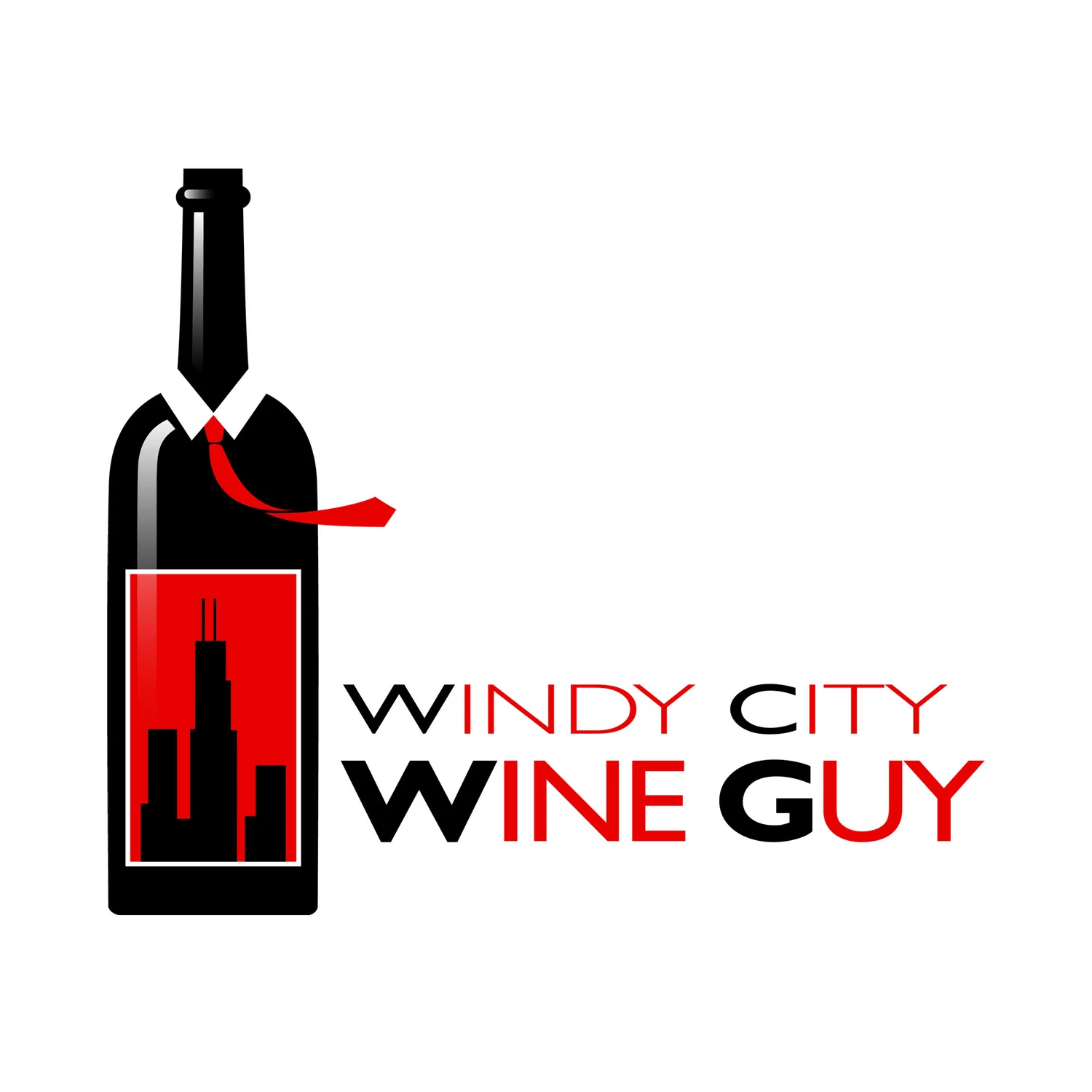I just returned from Seattle and the Wine Bloggers Conference in a hellacious flury of planes, trains & automobiles. I'm also trying to recover from seven days of traveling, tweeting, taking photos & film, trading business cards, seminars, eating, some BSing, networking and wine tasting. Now it's time to enjoy my family and home, and get some rest!
But before I do that, here are a few thoughts on some codes I live by and what I experienced:
Beautiful countryside and great land for growing. Not only is the countryside blessed with great views, mountains, hills and just plain nature, but also with growing land. The ability to grow so much great fruit: apples, raspberries, cherries (the biggest I've ever seen!), apricots, pears and of course grapes along with wheat and hops means this is extremely fertile land. Since they can make great fruit, they can also make great wine.
You haven't seen it until you've been there. I've heard many stories about Washington state and Walla Walla, but almost everything I heard was forgotten after my experience. I've heard it compared to a "prehistoric" Napa, desolate land, full of nothing but farmers, shack wineries, etc. But the town opened itself up to us with professional B & Bs, polite and knowledgeable winemakers, quaint yet classy tasting rooms, very good food and wine.
Passion writing, rapid messages and video. This is the best way to keep fans interested, attract new readers and leave people wanting more. If you're passionate about anything you do, odds are you will reach your goals and have fun doing it, while infecting others with it along the way. People want to be captivated online, but only for a few minutes. The online viewer has these moments to check out your site, get some entertainment and off to the next. Reach them in this time and you'll be an accomplished online presence. There is tremendous passion in the blogging community.
Stay true to yourself and your readers. People will love you for your honesty and transparency. Don't hide behind an agenda. Even if you write for work, make sure you pick your employer carefully and you believe in their product. If you have advertising on your site or promote a product, believe in that as well. If you accept free samples, make sure to be truthful in your opinion of whatever you review- it may have been free, but that shouldn't buy you off. Your readers are counting on you. There is great integrity in the blogging community.
Wine sure is fun. There may be this snobbish tag placed on wine by a number of people, but it's just a fun beverage. Life is a celebration and wine is a member of the band. With so many inexpensive bottles, it's easy to experience. It goes great with food and they have a symbiotic relationship- they can make eachother taste better. Winemakers are out there to make a product for us to enjoy, restaurants and chefs make us enjoy it more, sommeliers and wine writers make you understand it better. Read a little, taste more and drink alot!
Stay tuned for more info and videos about the conference, Washington and wines from the Windy City Wine Guy on the Road.













 The Arboretum of South Barrington
The Arboretum of South Barrington

![amd_vaynerchuk[1]](http://s3.media.squarespace.com/production/597373/6937699/2010/02/amd_vaynerchuk11.jpg)
![3158472560_d13d3a9456[1]](http://s3.media.squarespace.com/production/597373/6937699/2010/01/3158472560_d13d3a94561.jpg/w/300)
![2311733808_3b6f395f31[1]](http://s3.media.squarespace.com/production/597373/6937699/2010/01/2311733808_3b6f395f311.jpg/w/199)






